Lone Wolf Games‘ The Lost Ship, The Lost Treasure, and Blackthorn Castle are all point-and-click puzzle games — what I like to call call “Myst lite.” In other words, they are games in which you solve a series of puzzles or clues in order to reach some end goal and win the game. None of the three offers anything close to the gorgeous graphics and in-depth storytelling that characterized the Myst games, but two of them kept me entertained for several hours each (in stints; the only one I played in a single sitting is The Lost Ship.) All three are available for the Fire tablet through Amazon, as well as in the Apple and Google app stores. (Links here are to the Fire versions, since those are the ones I played.)
Game design: These games feature static or mostly static scenes. You navigate from one scene to the next by touching the path in the direction you want to go, touching a doorway you want to go through, and so on. You pick up items by touching them as well; you’ll hear a click when you collect the item. Many of the puzzles require clicking, gliding, or turning things. In the oldest game (The Lost Ship), everything is done by clicking; the options are more sophisticated in Blackthorn Castle, but still pretty straightforward. None of the games make use of screen tilt or movement.
All three games offer in-game hints. You have a “satchel” in which you store the items you pick up (whether or not they would actually fit in a satchel), and it includes a notebook; click on the notebook and you’ll get a hint as to where to go next. Each scene is numbered, and there’s a clickable map to show you how to get from scene to scene, though the scenes don’t actually show up on the map until you’ve been there. A dotted line leading nowhere tells you there are more scenes available, though not how to get to them. You also have a “camera” in your satchel which automatically takes a picture whenever you click on a clue that cannot be moved (like a carving on a rock or door.) That’s useful and means you don’t have to sketch every clue you encounter. You can click on the camera to scroll through all the clues you’ve “photographed.”
None of the games can be played more than once, unless you choose to start over completely. Even then, if you’ve got a decent memory, there won’t be much challenge once you’ve solved it once. Luckily, they aren’t expensive; a couple of dollars for a couple of hours of play seems fair to me.

The Lost Ship opens with a letter from “Uncle Henry” to his “nephew” about a lost pirate ship which holds the map to a treasure. You play the part of the nephew, arriving on an island with the task of finding first the ship and then the map. In fact, it takes very little time to find the ship, and not much more to play the game through and find the map. I finished the game in about 45 minutes, maybe a little less. Some of that time was just spent navigating the game, moving from one scene to the next. Though there is a lot of backtracking to make use of clues or items you pick up, The Lost Ship is pretty linear; you often have to use an item you just found in order to unlock the next clue or item. You often have to backtrack to a previous scene, but you are rarely holding several clues and items at the same time. Also, the items themselves tend to be pretty repetitive: for instance, there are at least 4 or 5 keys (literal keys, that fit in locks) to find. It’s a good thing the game only cost 99¢; I would have been annoyed if I had paid more. Children may enjoy it more than adults, but it does serve as an introduction to Lone Wolf’s game conventions.

The Lost Treasure is more challenging and takes longer to work through than The Lost Ship. It opens the same way, with another letter from “Uncle Henry,” this time directing you to another island (indicated on the map you found in The Lost Ship.) This time, your job is to search the island for clues to a treasure. The island seems to have had a mix of cultures on it: there are weathered clapboard buildings that look like they came from the Old West (presumably built buy the pirates), jungle huts built in the trees, and a Mayan stone pyramid as well as a few other Mayan-style artifacts. To be honest, I found the inconsistency a little off-putting from the story-telling point of view, though the differing styles did make maneuvering around the island easier.
Good memory (or note-taking) is important for The Lost Treasure (and for Blackthorn Castle as well), especially when you find a clue and need to return to a previous screen to use it. It can be challenging to keep track of where you’ve seen a specific puzzle or lock/niche/space; if you don’t want to make use of the in-game hints, I recommend taking notes at every scene, and using them in conjunction with your map. Of course, you can always check the in-game notebook and camera for hints and clues, respectively. I did use the hints, and usually found them helpful.
I’ll throw in a hint here: after you use an item, see if you can pick it up again. If you can, you’re going to need it later, so take it with you rather than leaving it where it is.
One thing I found very annoying, especially in The Lost Treasure, is that some of the clues on the walls are so dark that they’re almost impossible to see until you click on them. If you’re stuck and the hints keep directing you back to the same scene, but you can’t figure out what to do there, try clicking all over the walls and floor until you stumble upon the clue. This is a problem with the game design; the designers need to make sure that everything is clearly visible on a small screen in normal lighting.
Like the scenes, the clues are an eclectic mix that includes runes, Celtic designs, astrological symbols, Roman numerals, and drawings or hieroglyphs that look Mayan (or perhaps some other indigenous American culture.) On the one hand, that does make it easier to figure out which clues go with which puzzles. On the other hand, it doesn’t make for a very consistent “world,” which again bothered me from a storytelling point of view. However, the point of the game is to solve all the puzzles, and there are plenty of them in The Lost Treasure, as well as over 70 “scenes” — enough to keep me going for several hours (split into two or three sessions.)

Blackthorn Castle opens with the now-familiar letter from Uncle Henry, but this time, you’re looking for something in a medieval castle and its environs, which include a windmill, a church, a cottage, and a mine. The setting is far more consistent in style and design, and the puzzles, items, tasks, and clues are more varied than in The Lost Treasure (and considerably more than in The Lost Ship.) The graphics are slightly better, as well. So from both the visual design and storytelling standpoints, this game feels more cohesive as well as a little more immersive than the other two. And of course, I’m partial to castles!
This is actually the first of the three I purchased, and I spent more time on it that the other two put together. It’s more challenging, and there are more choices at any given time. There’s a maze which took me quite a while to conquer, even with a very helpful clue. It was particularly confusing because in the rest of the game, you are always looking “ahead”, so the cardinal direction changes if the path does, and you click toward the top to go forward up the path, and click the bottom to turn and go back the way you came. In the maze, on the other hand, the orientation is always with North at the top, the way a map would be, which made it harder for me to keep a mental picture of which way I was going when I turned a corner — should I click the top or bottom of the screen to go “forward”? In the end, I got out a piece of graph paper and mapped the maze as I went along, which helped enormously.
Blackthorn was my favorite of the three. There’s one more in the series, The Enchanted Books. If Lone Wolf Games has continued to improve their game experience, it should be good.
I do have one final complaint about the series as a whole, though. Couldn’t the designers come up with a way to avoid gendering the character the player takes on? Thankfully, there is nothing in the game play itself that forces you to take on a male persona. But at the beginning of each game, the letter from “Uncle Henry” is addressed to “My Nephew.” I find that rather irritating, since it subtly reinforces two sexist assumptions: that girls don’t (or shouldn’t) explore or go on adventures, and that girls and women aren’t really gamers and therefore don’t need to be welcomed or included in the game. When the default is “male” rather than “human,” women are subtly disenfranchised. I hope to see Lone Wolf do better in the future.

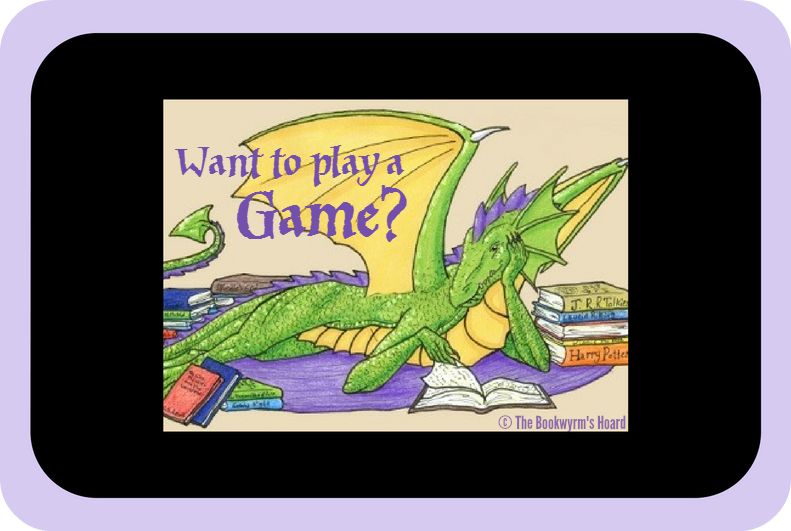

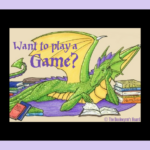
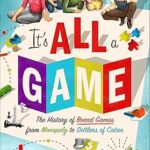







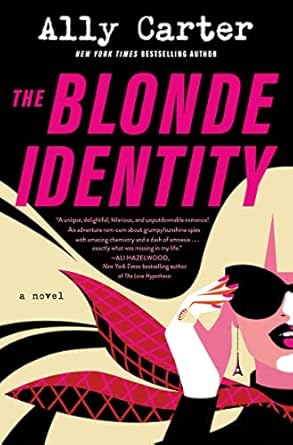
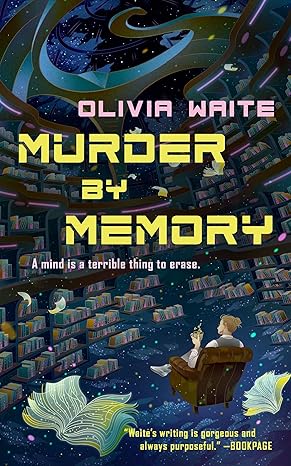
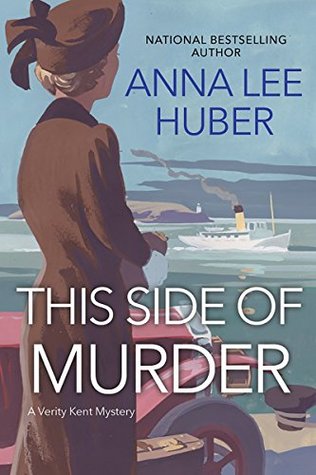
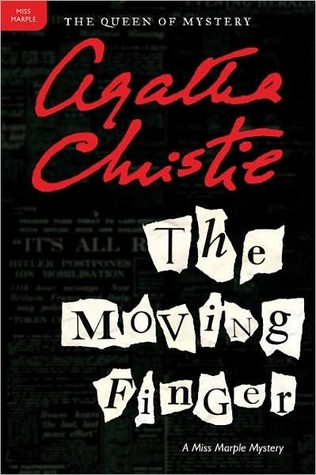
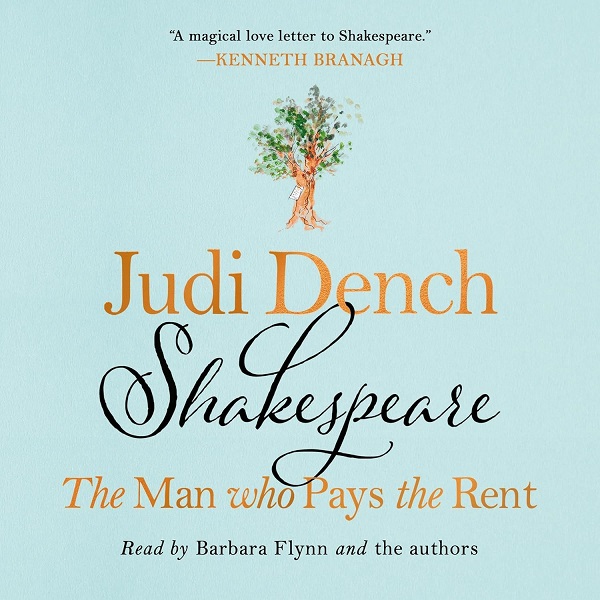
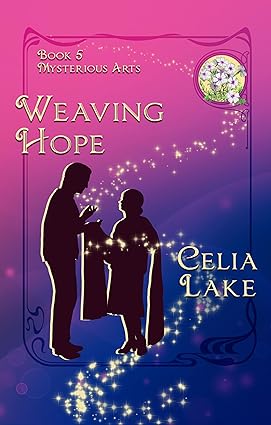
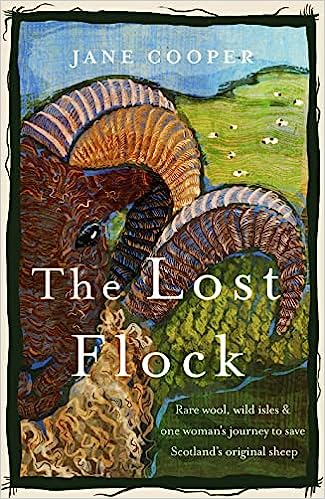
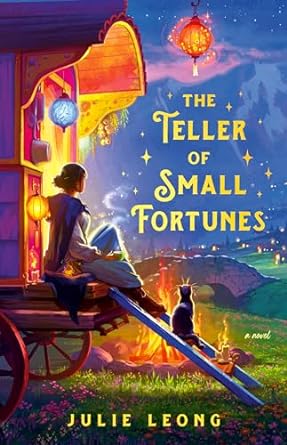
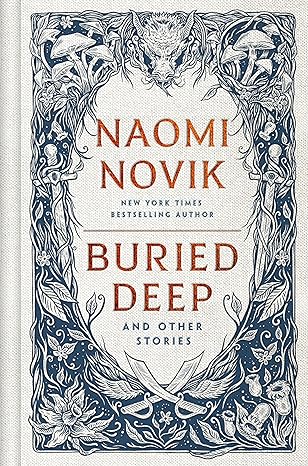
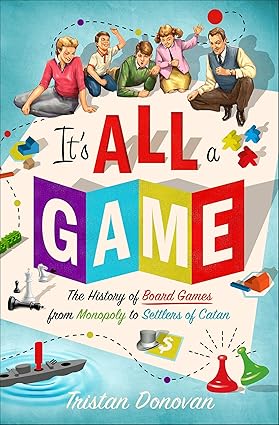
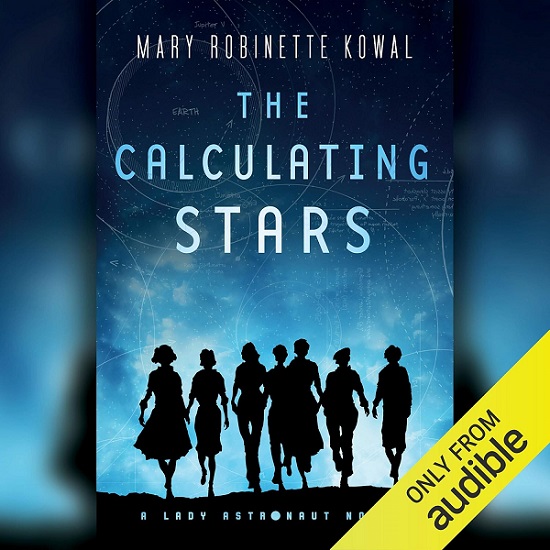
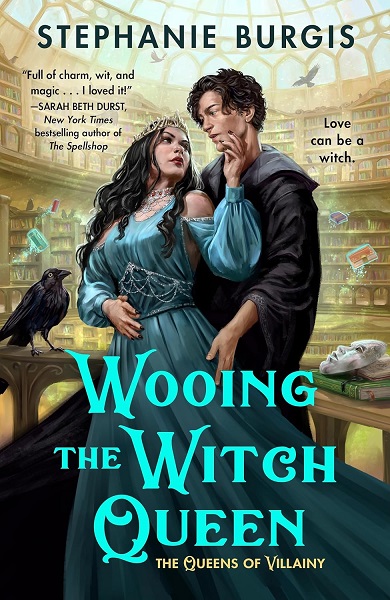
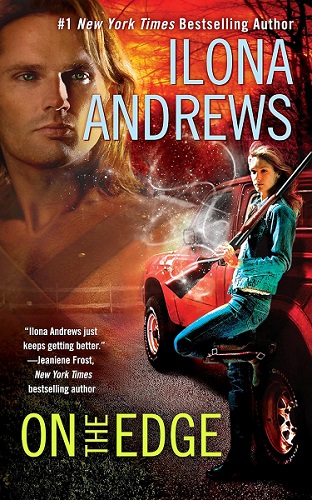
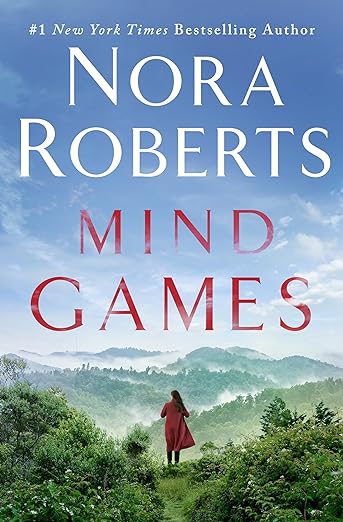
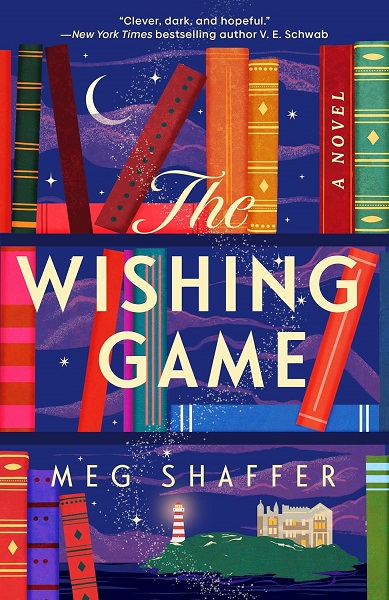
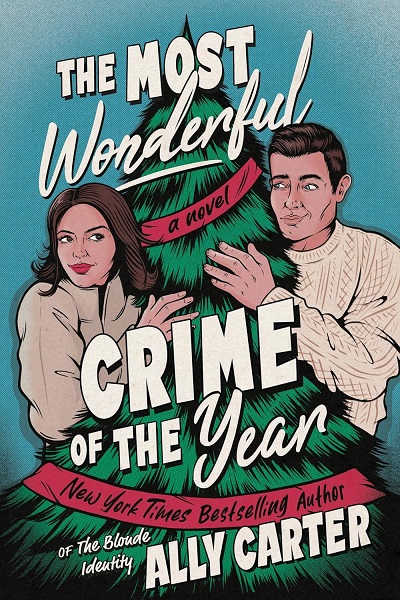
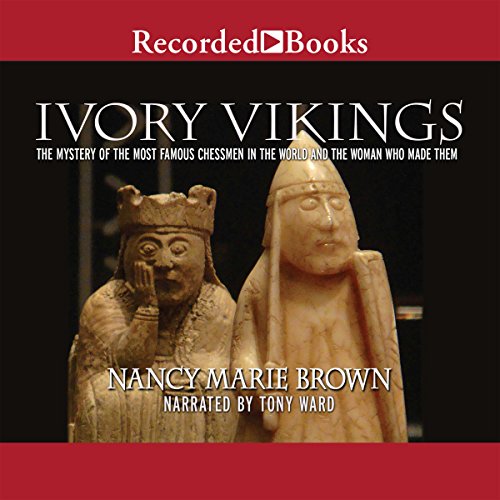
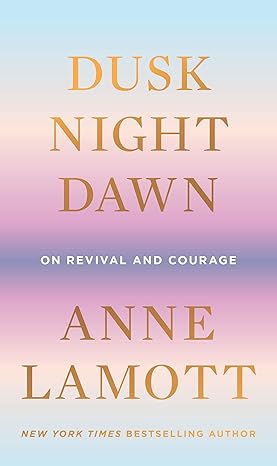
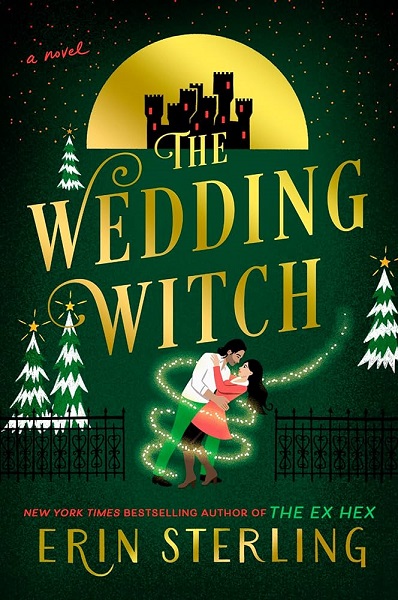


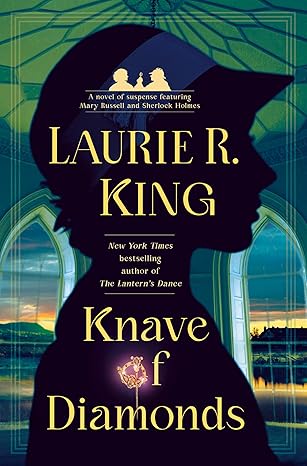
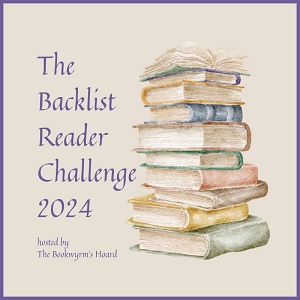



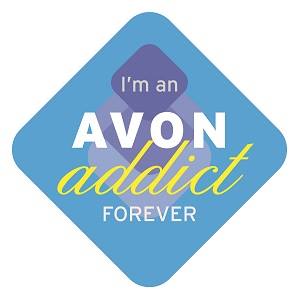

Rita @ View From My Books
Thanks for the idea! My hubs and I play pc games by Big Fish and enjoy point & click hidden objects puzzles, solitaire, word games etc. We both also have Fire tablets so we could get your type games too.
I find it relaxing to solve puzzling things, whether in a mystery book, a pc game, or even crosswords and sudoku. Satisfaction for figuring something out and exercising my gray matter, lol.
Rita @ View From My Books recently posted…Weekly Book Thoughts- 2/11/17
Lark_Bookwyrm
I’ve recently discovered two more games in the series, The Enchanted Books and Rescue the Enchanter. Fun!